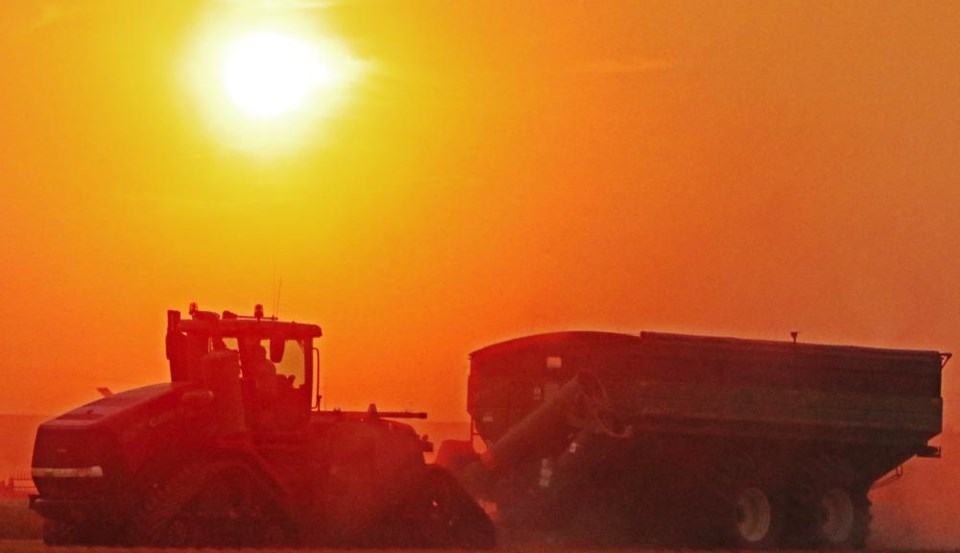WEYBURN - It was a dry week in most areas as producers completed in-crop herbicide spraying, according to the weekly crop report for the period of June 24 to 30. A few areas received rain which was needed due to windy conditions drying soils. Some producers are applying fungicide to their pulse crops and scouting cereal and oilseed crops for disease risk. Most livestock producers have begun cutting hay crops while some have been delayed due to the moisture.
The Strasbourg area received the most rain last week with 32 mm, while the areas around Lipton and Churchbridge followed with 26 mm and 25 mm, respectively. There was notable rainfall recorded in other areas, but it was an overall dry week for the rest of the southeast.
Topsoil moisture levels fell slightly last week but largely remain at adequate levels. Cropland topsoil moisture is rated at 81 per cent adequate, 18 per cent short, and one per cent very short. Hayland topsoil moisture is 66 per cent adequate, 33 per cent short, and one per cent very short. Finally, pasture topsoil moisture levels are at 64 per cent adequate, 34 per cent short, and two per cent very short.
Crops developed rapidly in the southeast last week due to warm temperatures and limited rain. More crops are ahead of normal development stages this week than last week. Fall cereal crops are the furthest ahead of their normal development stages. Crop development is largely variable for both spring cereal and oilseed crops as both are 11 per cent ahead of normal stages but are also the furthest behind their normal development stages of any crop type. Crop conditions for most crops are rated as good in the southeast, but some crops are in fair or excellent condition depending on the area. A full breakdown of crop conditions by crop type for all regions can be viewed in the attached crop conditions table.
Haying season is in full swing in the southeast, with 11 per cent of hay crops cut and one per cent baled or silaged, while 88 per cent of the first hay crop is still standing. The first cut of hay in the southeast is some of the best quality in the province, as 21 per cent is excellent quality, 58 per cent is good, and the remaining 21 per cent is fair quality.
The main sources of crop damage were caused by dry conditions, hail and gophers, with damage ranging from minor to moderate depending on the area. Wind and heat also caused minor damage as well. There has been limited insect and disease damage in most of the southeast, but agronomists and producers will continue scouting for these pests to ensure proactive action can be taken if necessary.




